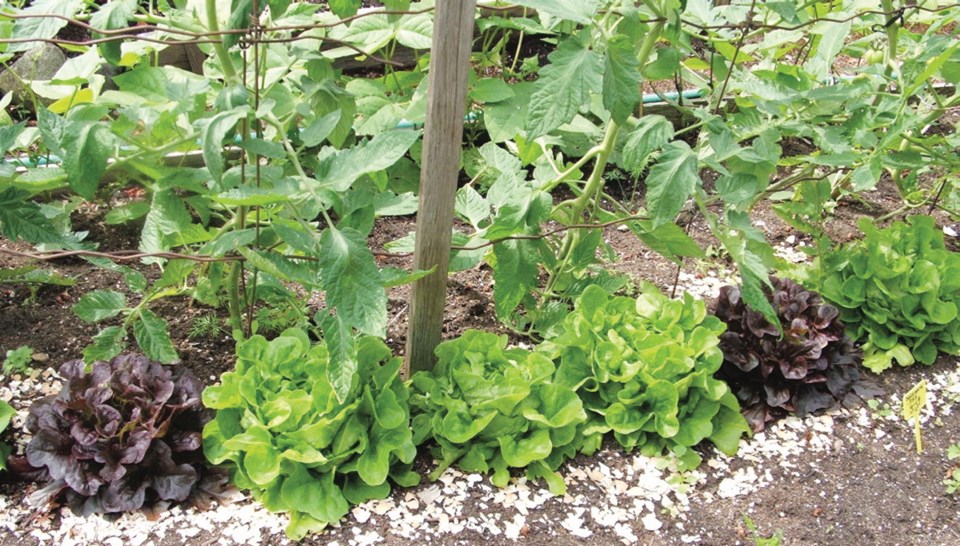As winter makes its lamentably slow departure, many of us will be scrambling to catch up on projects usually accomplished in February. Here are a few to consider.
• Pruning. It is my habit to begin watching for the first hints of swelling growth buds on roses and fruit trees around mid-February. This year, some roses started producing shoots prematurely in the mild January weather. Luckily, these are tough plants. One of my roses has come through the long period of freezing cold with its partly opened leaf clusters unharmed.
With budswell on roses and fruit trees, it’s time to prune. Choose a dry day with temperatures above freezing, and clean up well under the plants afterward. Don’t prune spring-flowering shrubs and trees until after they bloom.
• Lawns. As long as the ground is not squishy-wet, rake lawns clean of debris and, if this was not done in the fall, apply lime.
• Begonias. Start begonia tubers into growth. Set them on a bed of lightly dampened seeding mix (or vermiculite) and spray-mist them. As soon as little pink nubs appear on their upper surfaces, pot them with the planting mix barely covering the tuber tops. In moderately cool temperatures and bright light (short of direct, hot sun), sturdy, well-rooted plants will be ready to set into garden beds and outdoor containers in the warmth of mid to late spring.
• Seeding. As soon as soil and weather conditions become reasonable, some outdoor seedings can be done. If the soil is compacted or water-logged, wait. In light-textured, loose soils that drain quickly of excess moisture, outdoor seedings of hardy plants are possible. These include calendula, annual poppies, sweet peas, broad beans, snow peas and shelling peas, carrots, beets, and hardy greens such as spinach, corn salad and mizuna.
Just keep this in mind: Weather that you find uncomfortably cold and wet will probably be equally discouraging for most seeds.
Indoors, seed tomatoes and most popular summer flowers such as petunia, impatiens, asters, dahlias, lavatera and cosmos. Lettuce sown indoors every few weeks will yield an uninterrupted supply, especially if two or three different kinds are sown each time.
• Ornamental garden. Clean, weed and lightly cultivate around perennials and shrubs. Then mulch under and around the plants with compost or topsoil. Divide overgrown perennial clumps, but wait until they finish flowering to dig and divide primroses. Choose outside, young sections of perennial clumps for replanting.
• Garden centres. Indulge in a few visits to your local garden centres this month. They will be filling with food plants and ornamental plants. Look for roses and other shrubs, perennials, begonia tubers, dahlia roots, seed potatoes, onion sets, rhubarb, hardy vegetable plants and much more.



